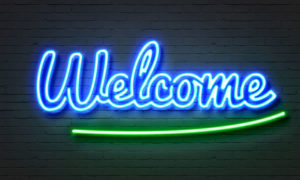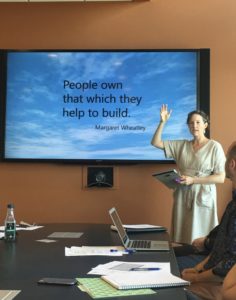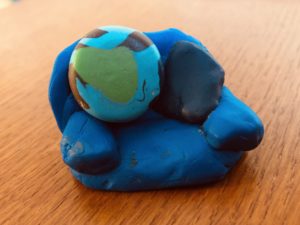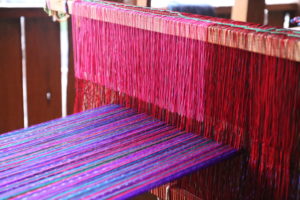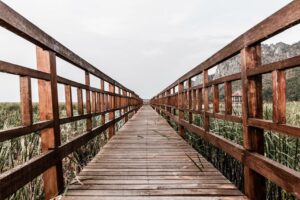
Late last week, I met with a group of nonprofit leaders to explore how we can best be of use to our communities in the aftermath of an intense, draining season. We asked, “How might your organization and community be impacted by civil unrest and intensified civic stress? What will your communities (clients, donors, neighbors) be looking for from you?”
This group has been meeting regularly under the leadership of the Montana Nonprofit Association since COVID-19 hit in the spring, and our trust has deepened as we’ve navigated uncertainty together. The conversation was a delicate conversation among colleagues who respect one another’s differences in experiences, political viewpoints and regions of the state.
We discussed our commitment to build bridges between people with unmet needs and those with resources to meet them; between our missions and new leadership in the state; between those who have no voice, and those who can elevate the voices of those with the deepest needs and most barriers.
Unspoken is a commitment that no matter who’s in the room, we can bring respect and we can anchor our work in community.




